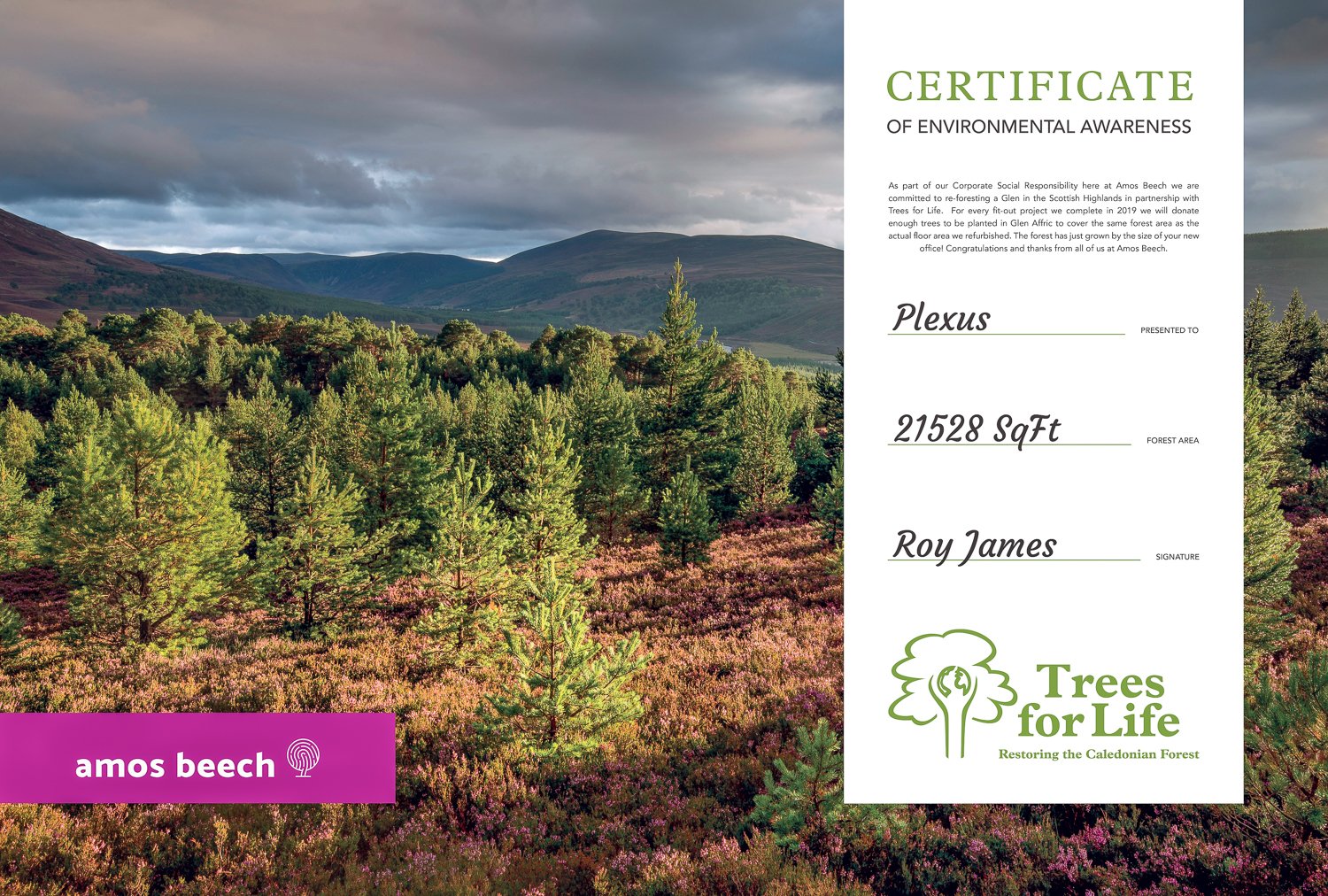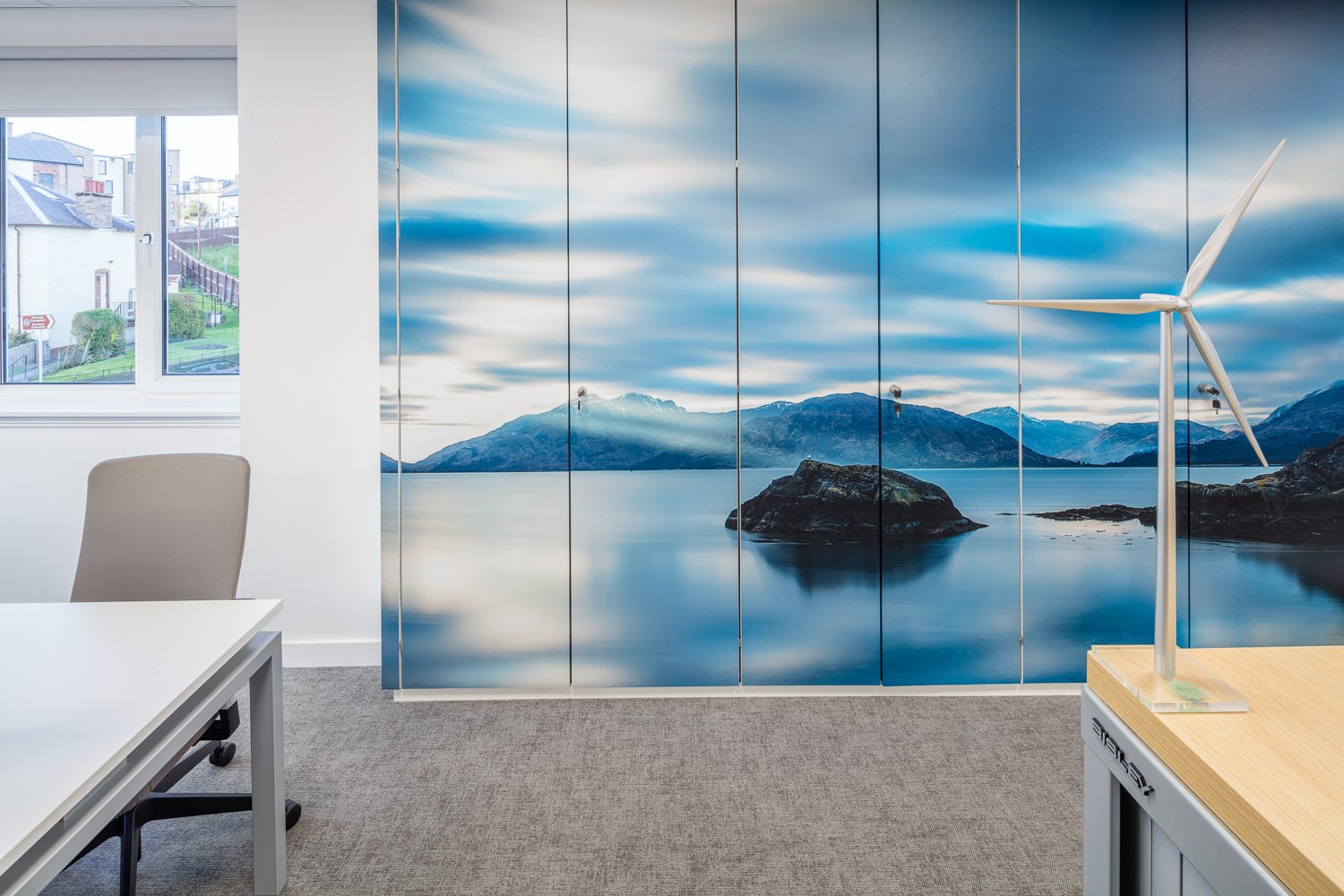Offices as a Service? The Changing Nature of Commercial Property in 2021
There’s no doubt that the coronavirus has been something of a game-changer for various industries and marketplaces, with some entities having fared considerably better than others since March 2020.
The commercial property market offers a relevant case in point, with the construction of new offices in central London having declined by 50% in the six months to September 2020.
The UK capital is something of a trail-blazer in the world of commercial property, so it should come as no surprise that investment volumes in Scotland also fell to £1.3 billion in 2020 (down from £2.1 billion during the previous year).
This decline has been triggered by various factors, of course, from the rise in business closures to the increased focus on home and remote working in the UK. While this trend is set to continue, however, there’s also a growing demand for the development of tailored, collegial and safe workplaces that allow for face-to-face contact between employees and clients alike.
Re-imagining the Office Space in the Wake of Covid-19
While a number of global corporations (including Amazon and American Express) have committed to extended remote working opportunities indefinitely, the majority of small businesses are keen on getting their staff members back in the office as lockdown measures are eased across the globe.
As we’ve already touched on, however, both employers and employees want to re-imagine workplaces in a post-Covid world, enabling colleagues to work safely and productively without encountering the social and cultural disconnect associated with operating remotely over an extended period of time.
The rigidity and inability of modern workplaces
In this respect, the coronavirus has been something of a revelation, raising the question of why something as challenging and complex as remote or hybrid working remains such a desirable option for employees even outside the confines of a global pandemic?
The answer clearly lies in the nature of ‘modern’ workplaces, their rigidity and inability to allow for either social distancing protocols or the individual needs of specific business-owners.
Fortunately this offce has undergone a bit of a face lift 🙂, you can check it out here!
How Will Workplaces Change Post-Coronavirus?
Clearly, the trend set in London will become most prevalent in similarly competitive and crowded marketplaces, with Edinburgh offering a relevant case in point.
There’s undoubtedly a growing pressure on square footage in the Scottish capital, as geographical restrictions and increased demand continues to place constraints on the ability of developers to build and expand new commercial properties.
This trend is also prevalent in Glasgow, of course, where development rates have continued to stall over time and the total vacancy rate for Grade A office spaces declined to an all-time low of 9.9% in 2018.
The commercial property market needs a increasingly flexible and comprehensive approach from landlords.
This, combined with need for increased social distancing, demands an increasingly flexible and comprehensive approach from landlords and developers alike, who must commit to collaborating with clients when fitting out spaces and focus on providing bespoke workplaces for tenants.
This type of focused and bespoke approach will definitely benefit businesses that want to create a safe and manageable workspace as the Covid restrictions ease, while potentially optimising occupancy rates for clients across a broad range of industries.
This collaborative way of thinking certainly inspired the office refurbishment in Fugro’s new location at the Hariot Watt Research Park, as we worked closely with the landlord (and client) to create a CAT A fit-out that tailored everything from ceiling heights and partition placement to mechanical and electrical installations to suit the exact needs of the client.
If we extend this example to a post-Covid world, we begin to imagine how office spaces can be structured and refurbished to optimise space, drive efficiency and help specific clients to maximise their commercial property budgets.
What Does This Mean for the Commercial Property Market?
If we look at this trend in its wider context, it’s apparent that it has its origins in the type of serviced office space that has become prevalent in major UK cities like London, Leeds and Manchester.
Serviced office space essentially refers to furnished and fully-equipped and pay-as-you-use locations, which are usually managed by independent operators. They will rent out single serviced offices or whole floors on rolling contracts to clients, affording them access to ready-to-utilise and viable locations in double-quick time.
However, these spaces are targeted at types of business rather than individual clients, while their largely generic workplace design offers little in the way of flexibility and social distancing capacity.
By evolving the concept to create bespoke spaces for specific clients, however, we’re now seeing a scenario where offices are being marketed as a service (in the same way that Saas has grown into a comprehensive licensing and delivery model for software).
This is a huge opportunity for stakeholders like landlords and developers to shape the future landscape of the commercial property market, as it evolves to meet the changing needs of clients and adapt to variable market conditions.
Read more about how we can help:
Date of first publication: December 12th, 2021































